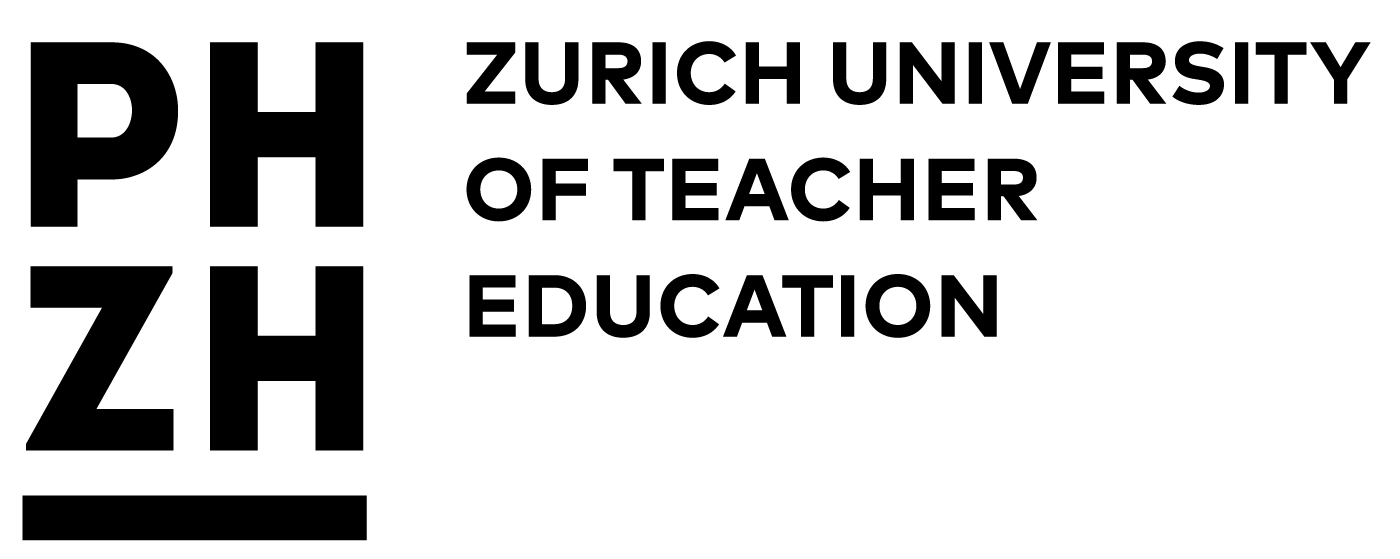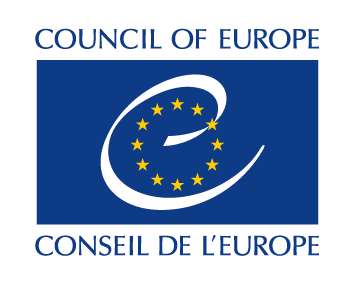Getting stakeholders involved in school governance
Living Democracy » Principals » LEADERSHIP » A democratic style of school leadership » Getting stakeholders involved in school governanceThe following suggestions draw on the manual Democratic governance of schools (quoted here as DGS) by Elisabeth Bäckman and Bernard Trafford, Council of Europe Publishing 2007, pp. 51 – 59.
In a democratic school community, it is important that all stakeholders have the opportunity to participate. They should be involved in communication, networking, communication and decision-making. By involving the local community, your school demonstrates that it does not wish to seclude itself, but rather play and active part in society. Members of the school community are actors, not spectators, whether on the school premises, or defending a democratic society, if necesssary (see DGS, p. 51).
As a school principal and stakeholder, you play a key in initiating, framing and encouraging all other groups of stakeholders to play their part. This role is challenging, as the number of staff members, students, and employees is often equal to the workforce in middle-sized companies. School principals interact closely with internal stakeholders, teachers, students and employees. On the other hand, there are external stakeholders, such as parents, school authorities, local policy makers, and donors. As school principal, you cannot control the behavior of any of these groups, but you can appeal to their shared interest in the school’s success. Therefore, your personal and professional outlook is decisive when you attempt to get all stakeholders involved in school life.
Reflect on your outlook as school principal
You are the key stakeholder. To a large extent, it depends on you to what extent other members and groups actively assume responsibility in the school community. Therefore, you should assess your personal and professional outlook, as it has a decisive impact on your decisions and actions (see Awareness Handout 1.1 and DGS, pp. 52, 56).

In interacting with internal and external stakeholders, you act as a networker. You permanently communicate with teachers, students, parents and school employees, both in formal and informal contexts. You are regularly in touch with local policy makers, representatives of the school authorities, and donors who expect your attention. Try to identify their shared interests to which you can appeal.
Ask yourself: Why did I want to become a school leader? What kind of school, and what kind of society do I want? With questions like these, you can form a clearer idea of the visions that guide your actions as a school leader (see DGS, p. 47).
Internal stakeholders
School life includes formal and informal contexts that require the principal, teachers and students to perform in specific roles, but also offer different opportunities. Staff conferences, parents’ meetings and classes are formal contexts, talks during breaks in the corridor or the school yard are informal contexts.
If the following suggestions seem convincing to you, you may begin to implement them immediately.
First steps in getting teachers and students involved
- Supply teachers with relevant information before a staff meeting, giving them the chance to form their opinion (see DGS, p. 36).
- Encourage teachers to express their views at staff meetings. Listen to their discussion, and appoint a deputy school principal or staff member as designated chair.
- Support staff members who wish to establish networks with society and external experts (see DGS, p. 54).
- Leave your office during breaks and lunch hours to meet your teachers and students. Don’t underestimate what is said to you in informal contexts, as teachers usually have a purpose in mind when they approach you (see DGS, p. 57).
- Try to know as many students by name as possible. For example, a school director in Ukraine achieved this in small steps by inviting all students in groups to an afternoon tea in her office.
Getting stakeholders involved: more advanced measures
- Identify routine tasks and delegate them to staff, perhaps initially for a limited period of time. Giving teachers more insight into school administration allows you to focus on important issues. By assuming more responsibility, your staff will identify more strongly with their school (see. DGS, p. 58). You put trust in your teachers, rather than controlling them.
- Increase or improve opportunities for your teachers and students to meet outside the classroom, such as shared cafeterias, lunch facilities, and areas for recreation (see DGS, p. 48). For more ideas, see the sequences on nutrition and physical activity on this website for school principals.
- Form a team of teachers and students to create an attractive home page of your school. Your website can serve the democratic school community by providing information on current topics and issues. Invite all stakeholders to contribute to this website.
- Invite parents, school governors, local policy makers, donors, and/or media to your school. Arrange meetings with your staff and students. Discussion: What is the best school for this community? What kind of education prepares our students best for their future? Why is it important for a school to set an example of democratic culture?
For more ideas on how to get your school stakeholders involved, look at Topics 2 – 4.

